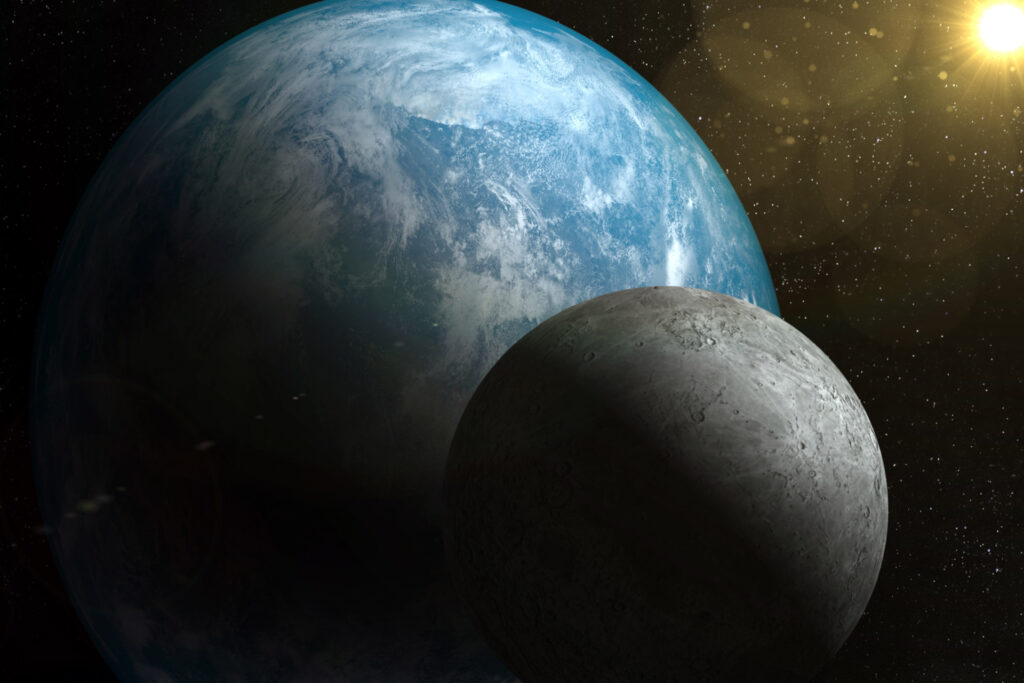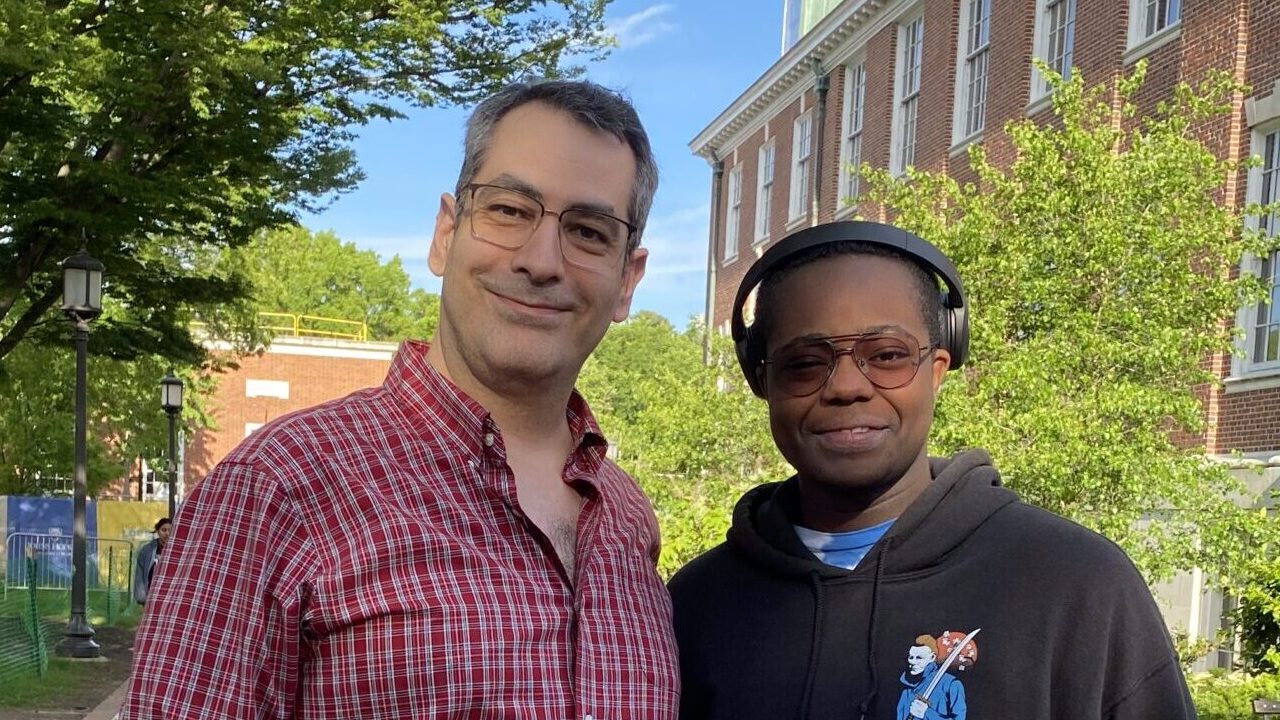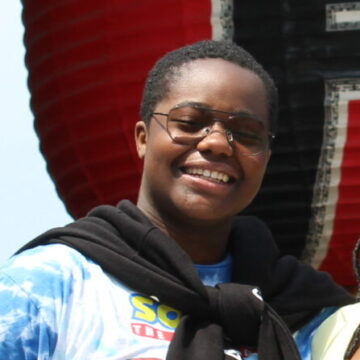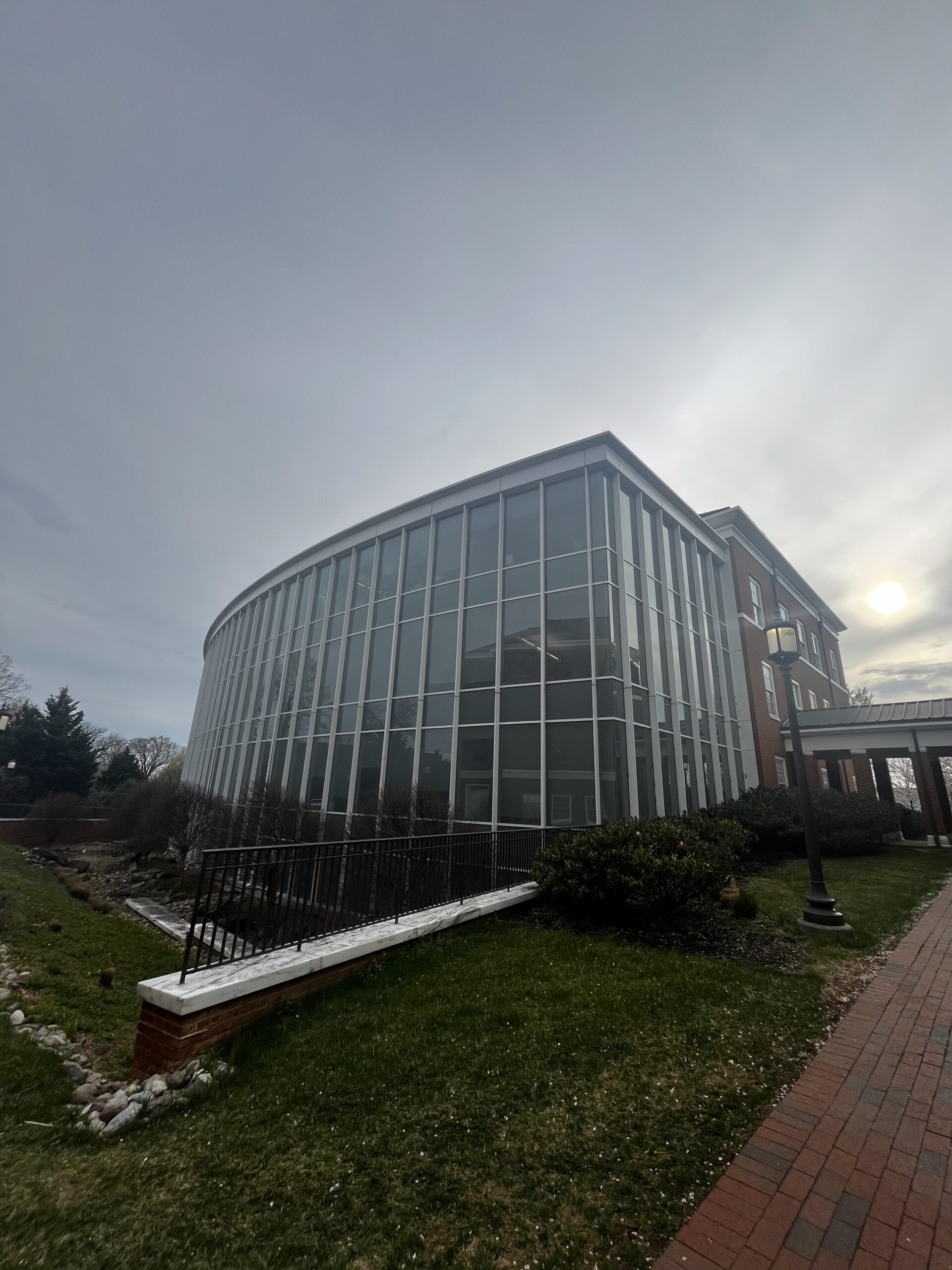
Hey there! My name is Gavin, and I’m a recipient of the 2022 Provost’s Undergraduate Research Award (PURA) in Physics and Astronomy.
Throughout the past year, I’ve been studying exo-planets, which means planets found outside our solar system. When these planets circle in front of their stars, they create shadows we can observe. Curiously, precise measurements have revealed that the sizes of these shadows can change over time. Astronomers aren’t exactly sure what causes this phenomenon, and my project involves searching for these events and looking at factors that might be able to explain them.

More than a year ago, I reached out to Dr. Néstor Espinoza at the Space Telescope Science Institute (which is, by the way, an amazing resource!) in search of a research project. This was shortly after I was admitted and still well before I arrived on campus. Dr. Espinoza was only one of two astronomers that I reached out to, so I was definitely lucky to land an opportunity right away.
During our next few meetings, my mentor mentioned he wanted me to be paid for my work. I know undergrad research focuses on developing skills and can go unpaid, so I was really grateful for this recognition! We identified PURA as an option that fit well with our goals. Over the next few months, I worked on writing a four-page proposal, describing the relevant background of my work, what I hoped to accomplish, and the project’s broader implications. My mentor gave me numerous rounds of detailed feedback and wrote me a recommendation letter, and we made sure we had all materials ready. Two months after I submitted the application, I was absolutely thrilled to find out that I was awarded my very first research grant!
Since then, I’ve been focusing on the nuts and bolts of my project. My day-to-day work involves a combination of statistics, coding, and thinking (although I’m sure I could save a lot of thinking if I actually took the time to read more papers *ahem*). I code in Python, modeling data and running simulations for hundreds of planets. As of late, I’ve also started to document my findings and work towards getting them published.

And if it hasn’t yet been obvious, I’m super thankful for my awesome mentor, who really takes the time to make sure I understand things (see whiteboard below). We meet on a regular yet flexible basis depending on our schedules. Each meeting, we discuss topics such as astronomical concepts and statistical frameworks, and always finish off with a list of tasks for me to complete until our next meeting.

Things mostly sound successful up to this point, but throughout the past year I’ve also had my fair share of obstacles and frustration that come along with any research endeavor. This includes the time I realized I was looking at the wrong piece of data after days of analyzing it. And the time my code wouldn’t run on my mentor’s dedicated computing server even though it worked perfectly fine on my computer. Which then led to me cranking up my computer to 140 degrees for two months.
Yet there have been pleasant surprises too. Unexpectedly, I’ve even found a few planets of particular interest that weren’t noticed before by anyone. These are ~top secret~ (just kidding), but for a few “Hot Jupiter” planets, I’ve discovered shadows that vary far more than expected. While these might not be signs of the next E.T., so far, I’ve found some clues in the data that could explain the variability, taking us one step closer to understanding these mysterious changing shadows.





